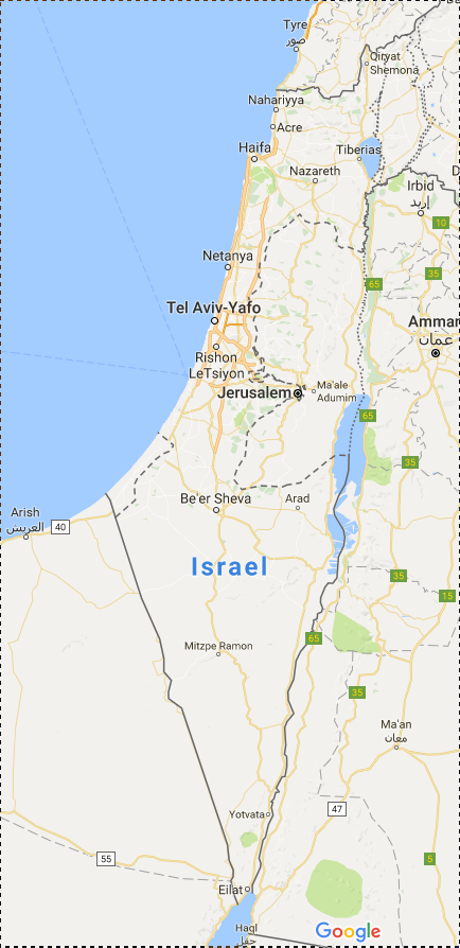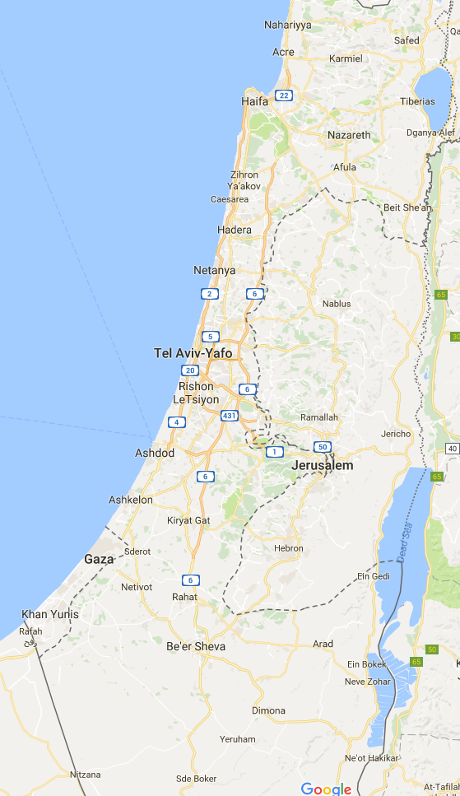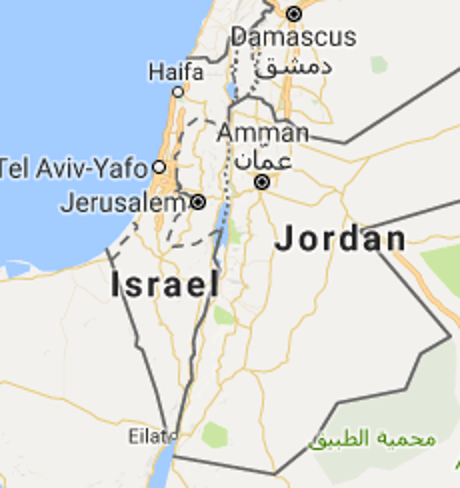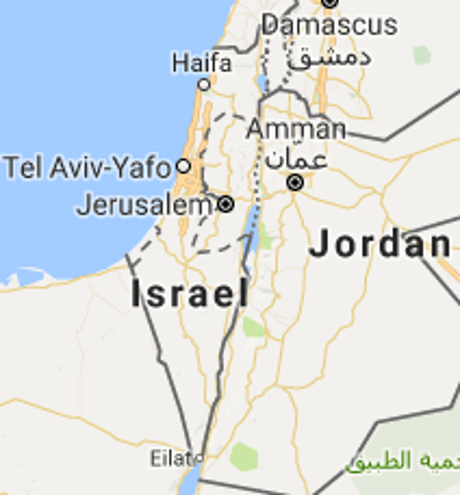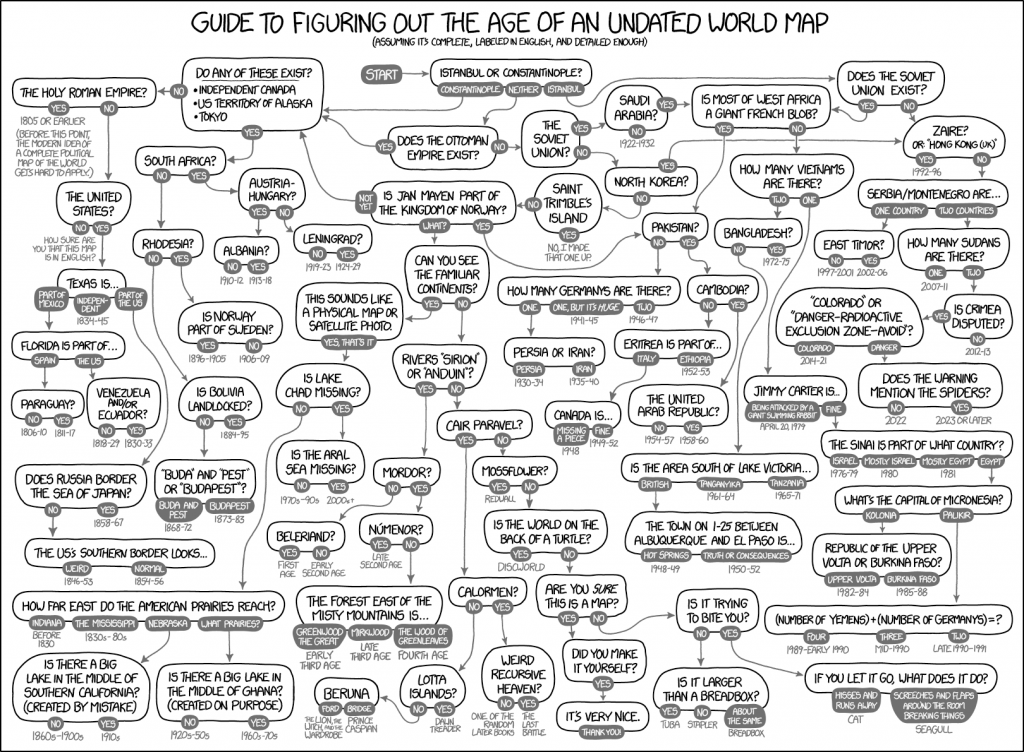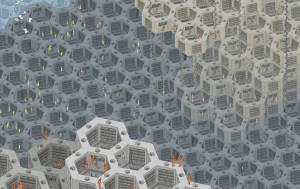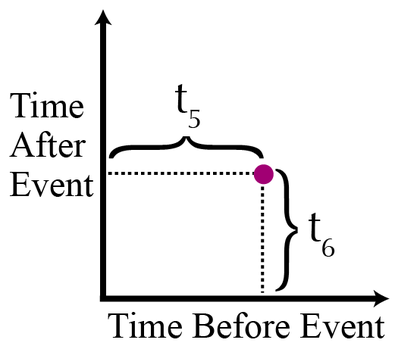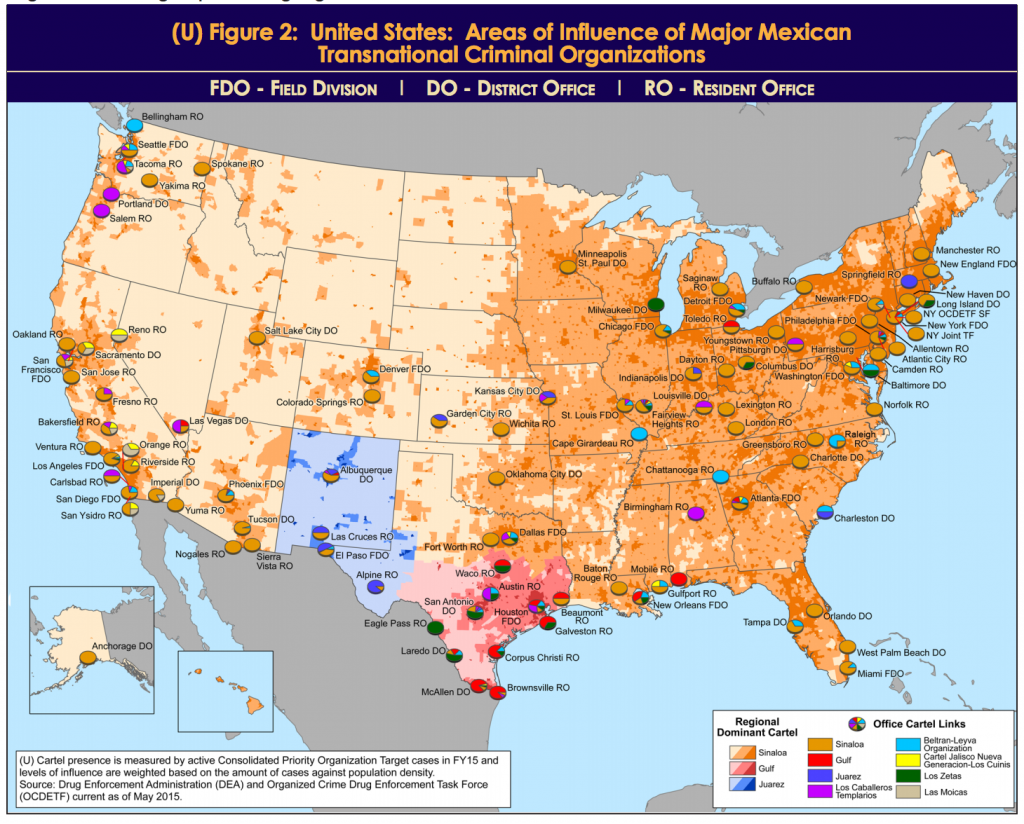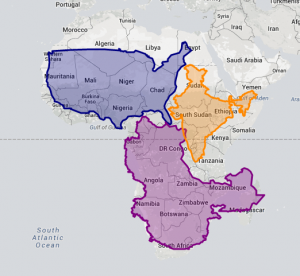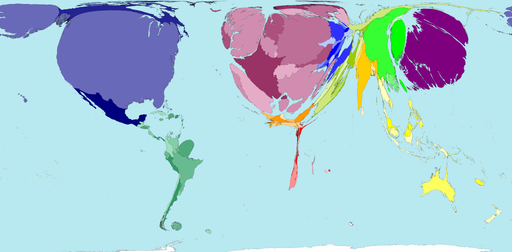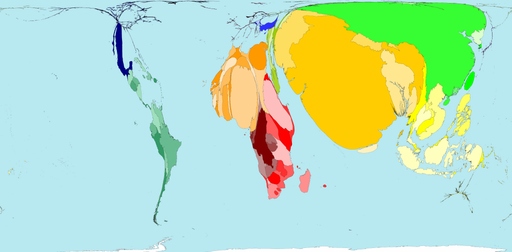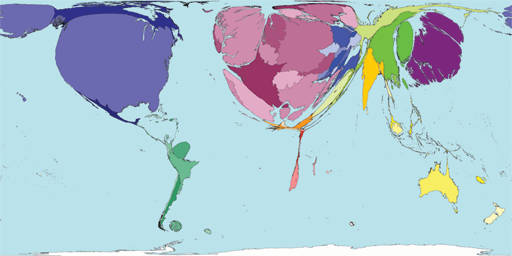Elwood Blues says in The Blues Brothers that he falsified his drivers license renewal and listed:
“1060 W. Addision”
as his home address, somehow
digits.bucked.talent
doesn’t carry the same impact. Yes?
Mongolia has places as familiar as Wrigley Field is to Americans but starting next month, all locations in Mongolia are going to have three-word phrase addresses. Mongolia is changing all its addresses to three-word phrases by Joon Ian Wong.
From the post:
Mongolia will become a global pioneer next month, when its national post office starts referring to locations by a series of three-word phrases instead of house numbers and street names.
The new system is devised by a British startup called What3Words, which has assigned a three-word phrase to every point on the globe. The system is designed to solve the an often-ignored problem of 75% of the earth’s population, an estimated 4 billion people, who have no address for mailing purposes, making it difficult to open a bank account, get a delivery, or be reached in an emergency. In What3Words’ system, the idea is that a series of words is easier to remember than the strings of number that make up GPS coordinates. Each unique phrase corresponds to a specific 9-square-meter spot on the map.
For example, the White House, at 1600 Pennsylvania Avenue, becomes sulk.held.raves; the Tokyo Tower is located at fans.helpless.collects; and the Stade de France is at reporter.smoked.received.
Mongolians will be the first to use the system for government mail delivery, but organizations including the United Nations, courier companies, and mapping firms like Navmii already use What3Words’ system.
…
The most remarkable aspect of the https://map.what3words.com/ is revealed if you try for:
Gandan Monastery (Gandantegchinlen Khiid), Gandan Monastery District, Ulaanbaatar 16040 (011 36 0354).
Use this URL: https://map.what3words.com/Gandantegchenlen+Khiid+Ulaanbaatar+Mongolia
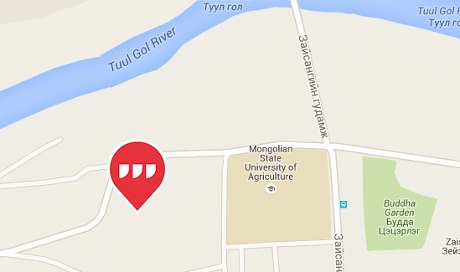
Now try changing languages (upper-right).
Three-word phrase addresses for the Gandan Monastery:
- picturing.backfired.riverside (English)
- schneller.juwelen.schaffen (German)
- aislados.grifo.acuerde (Spanish)
- nuageux.lémurien.rejouer (French)
- turbato.fotografate.tinozza (Italian)
- chinelo.politicar.molhada (Portugese
- matte.skivar.kasta (Swedish)
- vücudu.ırmak.peşini (Turkish)
- карьера.слог.шелка (Russian)
I have only had time to spot check the site but did find retraced.loudest.teaspoon for Yap Island in Micronesia.
More obscure places to try?
You can find a wealth of additional information, yes, including an API at: http://what3words.com/.
A great opportunity for topic maps as previous ways of identifying locations are not going to wink out of existence. If 3-word addresses catch on, use of other locators may dwindle but that will be over generations. We are facing a very long transition period.
Thoughts on weaponizing 3-word addresses. First, using the wrong 3-word addresses to mis-lead agents of the state. Second, creating new 3-word addresses that can be embedded prose, song, without the dot separators.
Not to mention a server with proper authentication, returns the “correct” map location for a 3-word address, otherwise, you get the standard one.
Enjoy!
